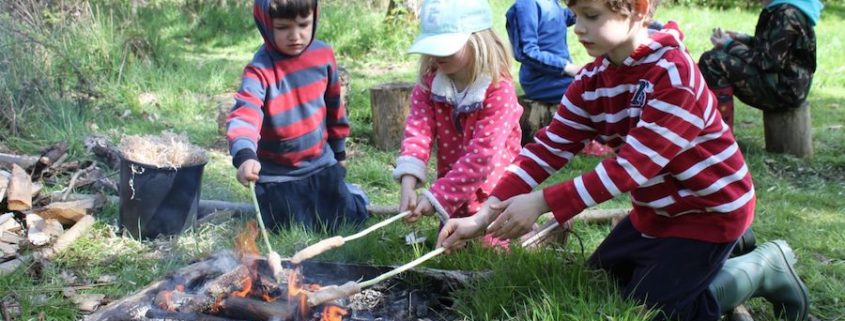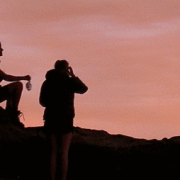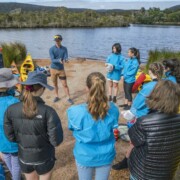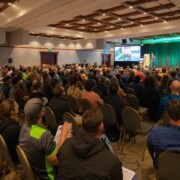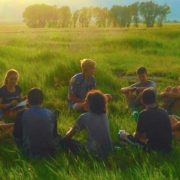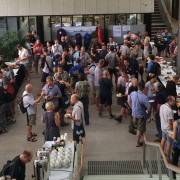March 2018 Issue of JOEE focuses on Forest School
Special Issue focusses on early years of outdoor education
The March 2018 Issue of the Journal of Outdoor and Environmental Education (JOEE) — the first to be published via OEA’s partnership with Springer International — focuses on Forest School; the brand and approach to outdoor and environmental education in the early childhood years.
This bumper issue has a broad international focus with contributors from around the English speaking outdoor education world: Australia, New Zealand, the United Kingdom and Canada.
The March 2018 JOEE journal was jointly edited by long-standing editor John Quay, an Associate Professor in the Graduate School of Education at the University of Melbourne, and Mark Leather a Senior Lecturer in Adventure Education and Outdoor Learning at Plymouth Marjon University, United Kingdom. Mark is also a keynote speaker at NOEC 2018.
9 Forest School related articles
The first article in this issue — Mark Leather’s A critique of Forest School: Something lost in translation —is an evolution of a paper he presented in New Zealand in 2013. It forms the lead article, which other authors have responded to.
Following Leather’s article is a contribution from Sara Knight, arguably the most prolific and influential author on Forest School to date. She shares how the Forest School Association in the UK has started to address some of the theoretical and practical issues raised in Leather’s critique.
This example is also used by Sue Waite and Alice Goodenough in their paper: What is different about Forest School? Creating a space for an alternative pedagogy in England. They explore how perceived differences between everyday educational contexts can benefit the wellbeing of participants in forest education across different ages.
The next article, Place-based outdoor learning: more than a drag and drop approach, (Amanda Lloyd, Son Truong and Tonia Gray) argues that while Forest School offers children valuable outdoor experiences, it does not necessarily acknowledge local place, environment or culture.
Ame Christiansen, Siobhan Hannan, Karen Anderson, Doug Fargher and Lisa Coxon bring a wealth of experience to their exploration of place-based nature kindergarten in Victoria, Australia, with their article: Place-based nature kindergarten in Victoria, Australia: No tools, no toys, no art supplies.
Sophie Alcock and Jenny Ritchie’s Early childhood education in the outdoors in Aotearoa New Zealand, theorises on the impact of forest schools emerging in Aotearoa and how the imported Scandinavian/ European/UK model of forest schools might fit within this context. They argued that traditional Indigenous Māori worldviews and knowledge give meaning and contextualised authenticity to forest school approaches in early childhood education in New Zealand.
Continuing the argument for a consideration of indigenous cultures, Zabe MacEachren explores the importance of First Nations pedagogies in Canada for indigenizing Forest Schools. MacEachren explores the importance of learning through imitation as traditionally practiced by First Nation peoples in Canada.
The last two articles in this special issue offer some alternative ways of theorising Forest School practice. Vinathe Sharma-Brymer, Eric Brymer, Tonia Gray and Keith Davids argue that application of the Ecological Dynamics approach will guide affordances for Forest School practice.
Alun Morgan’s article explores the potential of woodland as a milieu for outdoor and environmental learning in the context of the rise of Forest Schools in the UK. He asks “Is the forest and all it encompasses giving way to a diluted sense of controlled spaces and activities for curriculum enrichment?”
As a whole, these articles contribute significantly to discussion concerning outdoor and environmental education in the early childhood years.

